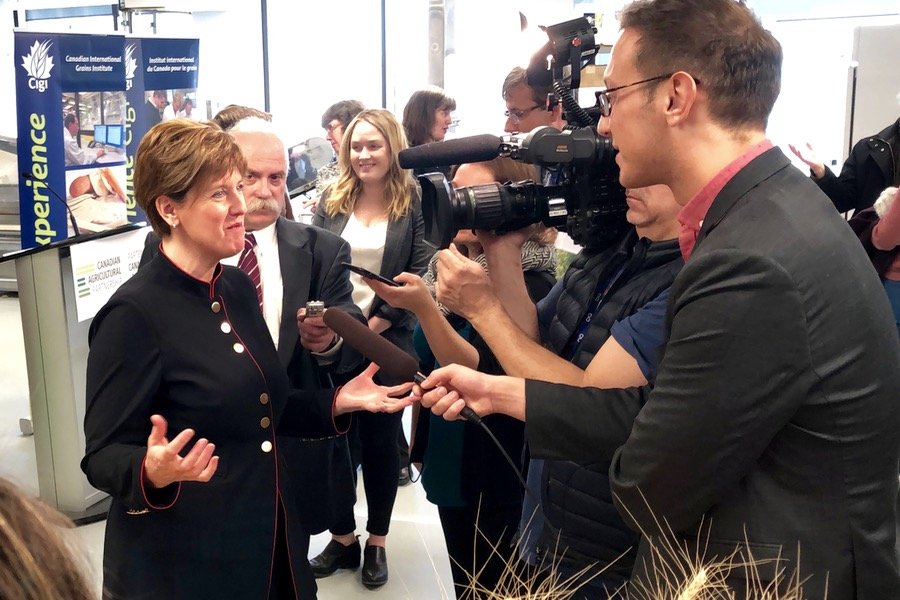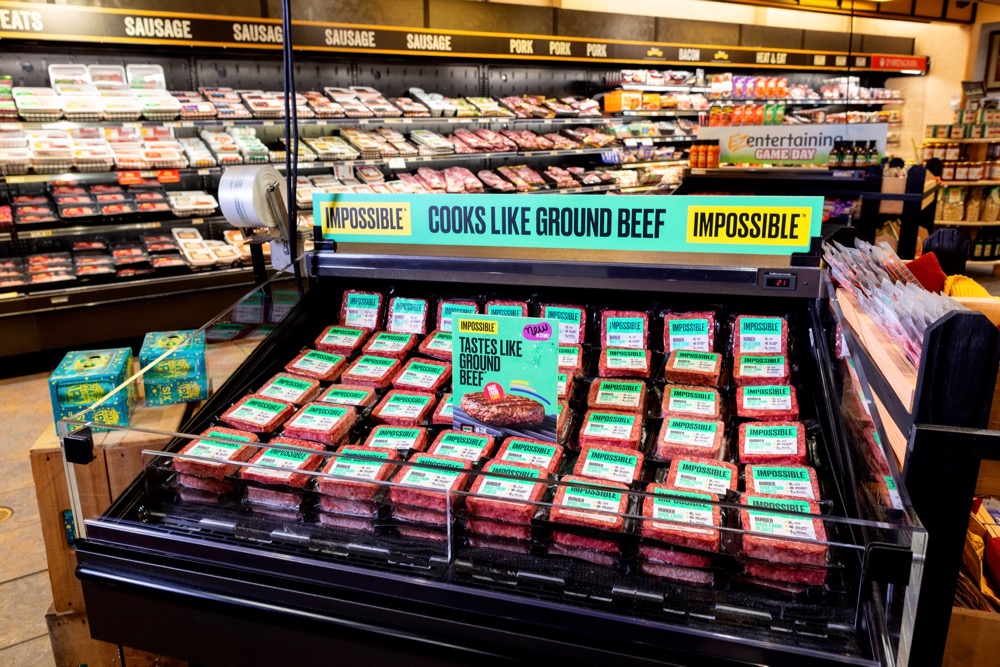The Smart Agri-Food Super Cluster aims to use efficient and powerful data to create better collaboration within the agriculture sector.
It is one of nine super clusters in the running for $950 million in federal funding for super clusters that make a broad economic impact. Another agriculture sector cluster, the Protein Industries Canada Supercluster, is also vying for a piece of the federal funding.
The Smart Agri-Food Super Cluster (SASC) completed three consultations in the past week, engaging farm industry participants as part of its larger process to break down industry barriers.
Read Also

Feed Grain Weekly: Quiet trade to close the year
Feed grain prices are not expected to change drastically in the coming months, said a Saskatchewan-based trader.
The first consultation was in Ottawa Jan. 11, on the bioeconomy, the second in Calgary, Jan. 12, on livestock, and the third was held Tuesday, in Ottawa, on the digital economy.
“We brought folks together from various points in the value chain, to see where systems fit together,” said Rob Davies, interim chief financial officer of SASC. The discussion in Ottawa included smart farming, machine learning, analytics and data to increase productivity.
SASC plans for two “nodes” to manage the super cluster — one in Olds, Alta. and the other in Ottawa. Part of the goal of the consultations is to make sure the people in one node understand what is happening in the other. There were more than 120 people at the digital session in Ottawa, with 40-50 at the others.
The SASC has attracted large players in data and information, including Telus and Microsoft, along with other companies not traditionally known as being involved in agriculture. International agricultural sustainability organizations are also involved, such as Field to Market.
The companies appreciate the long-term view being taken by the SASC, Davies said. The funding will be for five years, but “we expect that far more than five years down the horizon this process will continue to drive value.”
The creation of common systems of data collection and connectivity will continue to operate for many years.
“This is a transformational change in our industry. It’s going to take co-operation and co-ordination. It’s been a challenge for years getting that collaboration together. This is a systems approach and they want to be part of it,” Davies said.
“Canada can really take an international leadership position. We have great systems. We’re just not connecting them very well.”
Like the other super cluster proposals, the SASC aims to be broad and have impacts across the industry and across the country, so it also includes goals for the reduction of greenhouse gas emissions (as part of the bioeconomy area), programs for young women agriculture innovators and gardens and greenhouses for indigenous communities.
— John Greig is a field editor for Glacier FarmMedia based at Ailsa Craig, Ont. Follow him at @jgreig on Twitter.
















